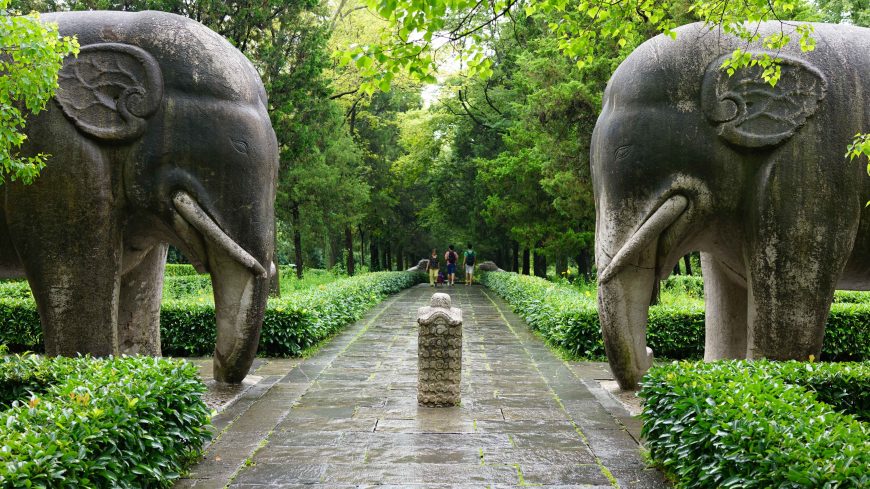We believe art has the power to transform lives and to build understanding across cultures, and that the brilliant histories of art belong to everyone.
Our numbers
60 million views in 2023
50 editors
800 academic contributors
3,500 essays and videos
300,000 YouTube subscribers
53 museums and cultural institutions have partnered with Smarthistory
600 universities, libraries, and research institutions recommend Smarthistory
A more equitable art history
We are committed to an inclusive, equitable art history. We are growing our collaborations with scholars, knowledge-bearers, elders, and others. In addition, we have specifically designed several programs to achieve a more equitable art history:
- BIPOC Reader: art history essays authored largely by scholars who identify as BIPOC (Black, Indigenous, and People of Color)
- Latinx Futures: exploring art and art histories
- Content area fellows and content editors in a wide variety of specializations
- A free world art history online textbook, Reframing Art History
- Support for internal and external special projects that foster diversity in the field of art history (for example, Civil War in Art and Seeing America)
- An undergraduate intern program to support a more diverse generation of scholars
- Andrew W. Mellon Postdoctoral Fellows
- Honoraria for early-career scholars during the pandemic
How we do it
Smarthistory is a tiny not-for-profit that collaborates with more than eight hundred art historians, curators, archaeologists, knowledge-bearers, and artists committed to rewriting the colonial legacies of art history, making the history of art accessible to more people, in more places, than any other publisher. We work hard to make our essays and videos engaging while retaining depth, nuance, and analytic rigor.
Smarthistory has become the most visited art history resource in the world. We are the official provider of art history for khanacademy.org and we support AP and A-level art history and students, instructors, and lifelong learners everywhere. Smarthistory supports the ethical and open sharing of cultural knowledge. All of our resources are published under a Creative Commons non-commercial license and are available ad-free to anyone with an internet connection. Smarthistory is public art history.
Art and life, pain and joy, past and present, profound and prosaic. All, in an instant, folded into one. What could have been boring and didactic instead hits a kind of pedagogical sweet spot — that priceless moment when a lesson becomes an event. Even if its author had wanted it to, an art history textbook could never produce such a moment.
Sebastian Smee, “How two professors transformed the teaching of art history,” The Washington Post (May 3, 2020)


